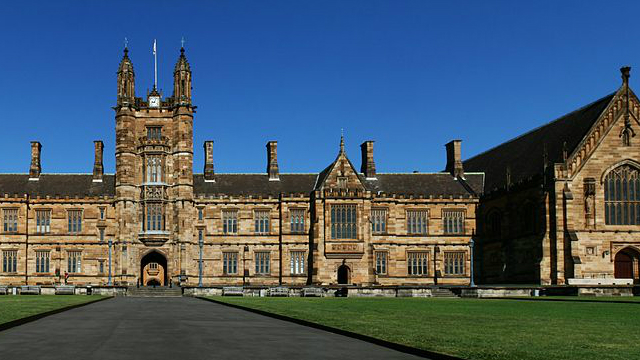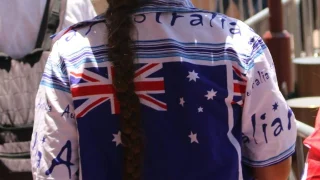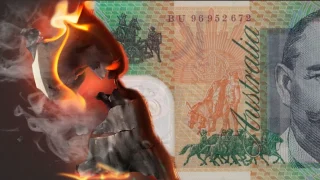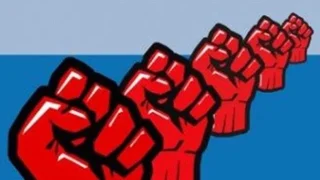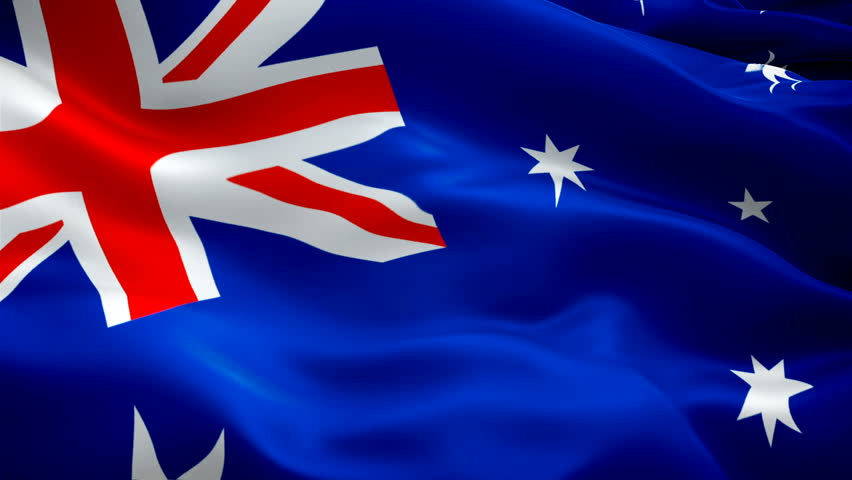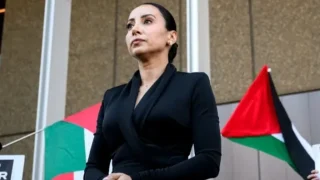
Since the 1980s, more than 20,000 Indigenous university graduates have joined the Australian labour force. In 2007 alone, almost 1,500 graduated, an average of four a day. The proportion of Indigenous students enrolled in degrees and post-graduate courses has risen to more than 90 percent of Indigenous university enrolments, signaling the terminal decline of ‘Aboriginal’ sub-degree courses.
In proportion to their population, Indigenous women have current commencement rates very similar to those of non-Indigenous men. Indigenous enrolments at university in 2007 were at record levels, presaging steadily growing graduate numbers into the future.
Until the late 1990s, most Indigenous tertiary students were enrolled in ‘helper-role’ courses, especially in teaching, nursing and welfare. Historically, university entrants tended to enrol under special entry conditions, many in sub-degree courses. The assistance of Indigenous education and support centre staff was often an essential component of enrolment and completion for the great majority of students. But over the past 10 years in particular, enrolments have moved from sub-degree to degree courses, and students tend to be standard-entry and have diversified into a range of higher-level professional fields. For example, in addition to nursing they are now studying to be doctors, and instead of teaching many more are now choosing law. Along with the 129 Indigenous practising doctors, there are at least as many medical students currently enrolled.
Indigenous students have moved from basic administration to mainstream business courses, and into law, architecture and environmental science. The growth in graduate areas has facilitated the increasing integration of Indigenous people into mainstream society through access to far more employment opportunities.
Indigenous mainstream families, like other upwardly mobile socio-economic groups such as immigrants, now tend to send their children to university. But there is a widening gulf between the 60 percent or more Indigenous people working and living in mainstream Australia and the minority living in welfare-dependent urban ghettos, country towns, or remote settlements.
Fewer young people from the welfare-embedded population are being educated effectively and enrolling in universities than a decade ago, as off-campus centres and sub-degree enrolments wither away. Support services, which have been available for nearly 30 years, have recently been incorporated into ‘Aboriginal programs,’ with a declining emphasis on student support.
Scholarship programs that bring Indigenous students from welfare-dependent families to quality independent boarding schools are attempting to bridge the gap between mainstream and welfare-dependent Indigenous communities. But they can only support a limited number of students. Educational standards, particularly in welfare-dependent populations will need to be raised to mainstream levels from pre-school through primary and high schools to include English-language and mainstream curriculums. This would help students achieve the same pass rates as non-Indigenous children in literacy and numeracy and access to the same range of courses in humanities and social and natural sciences. Emphasis should be placed on successful completion of high school and not just school ‘attendance.’ In some schools, it is possible for Indigenous children to have their name marked off on a school roll, and then go to the Culture or Withdrawal room where they are allowed to watch DVDs and play games. In some states, this is called ‘inclusive curriculum.’
Education standards and expectation of Indigenous students’ performance needs to improve if they are to make the same informed choices as other Australian children. Once they do, children in welfare-dependent communities may be able to make choices that increasingly include genuine TAFE and tertiary education.
Joe Lane is an independent researcher.






